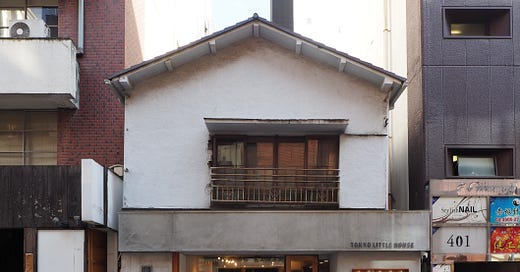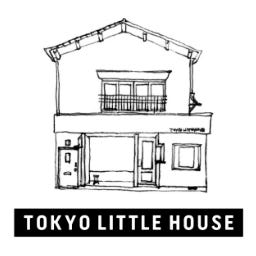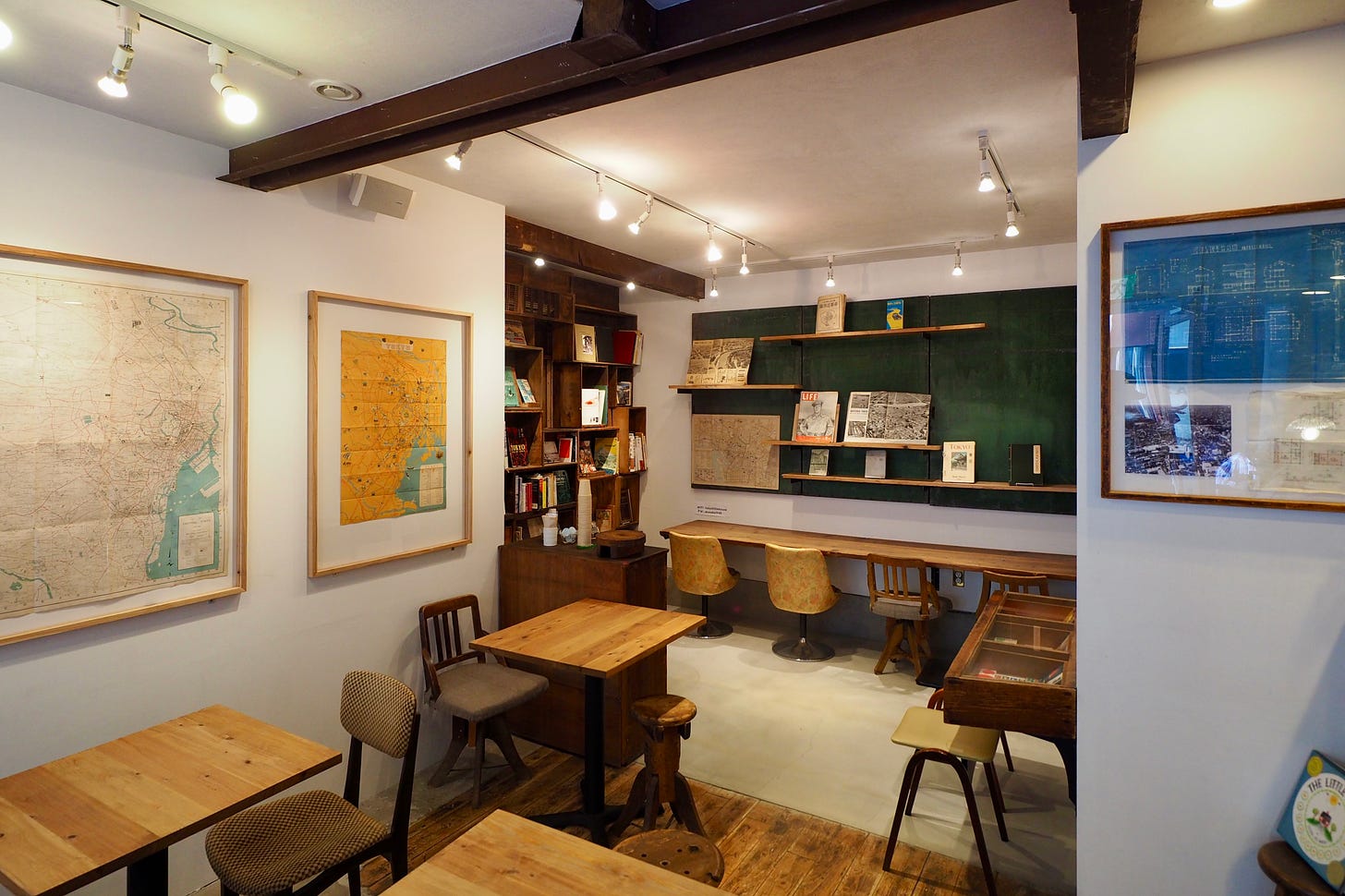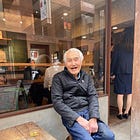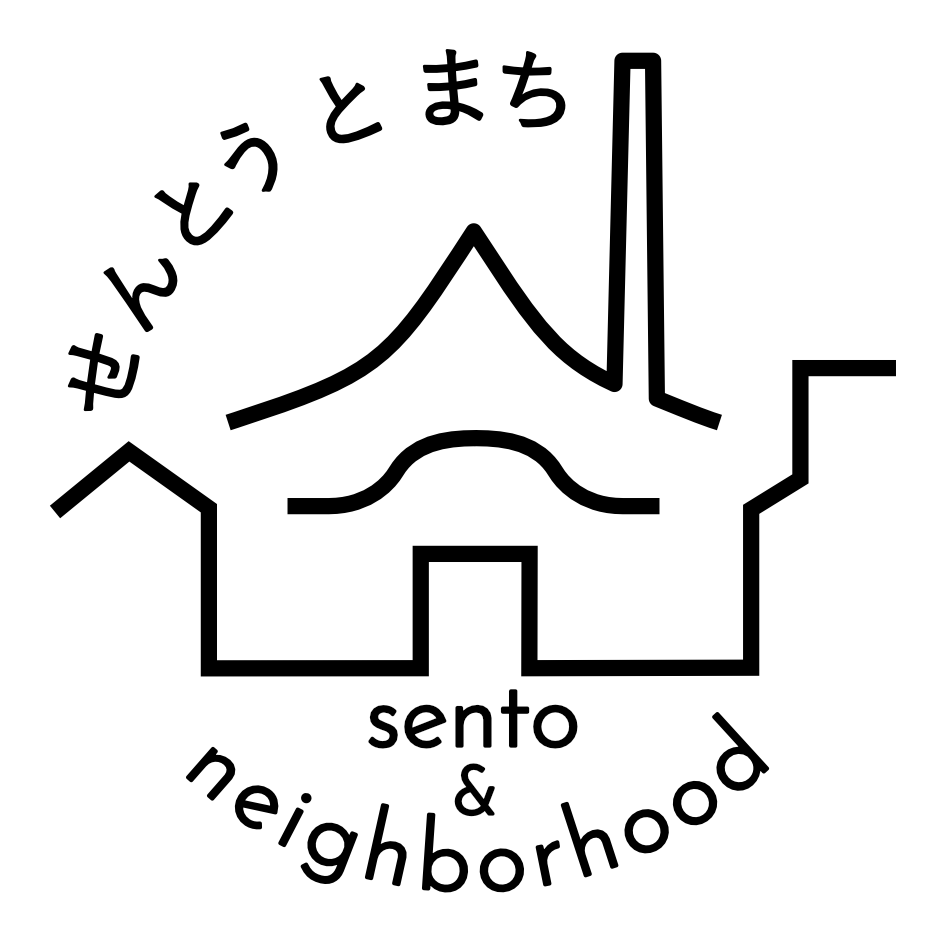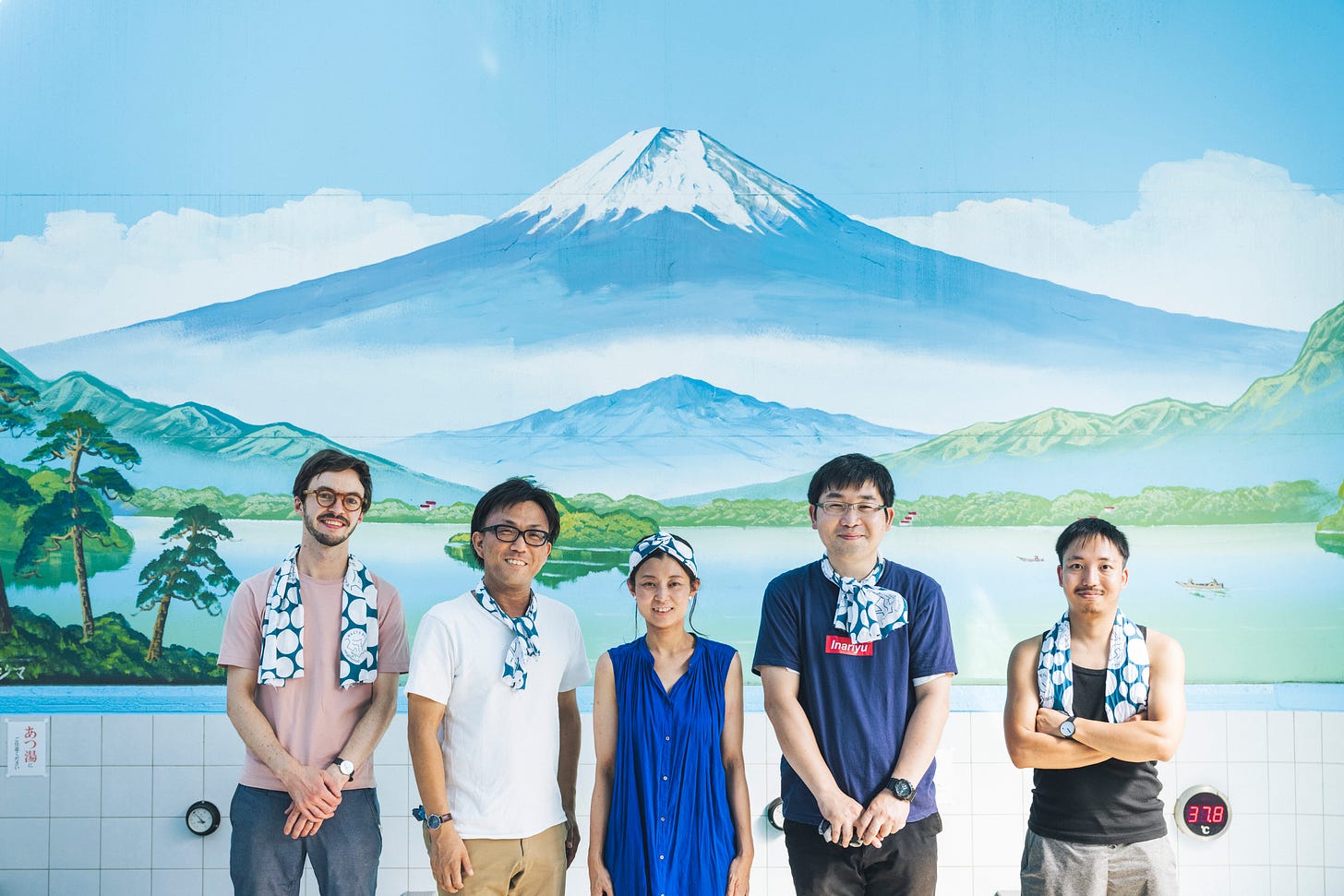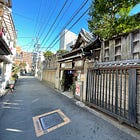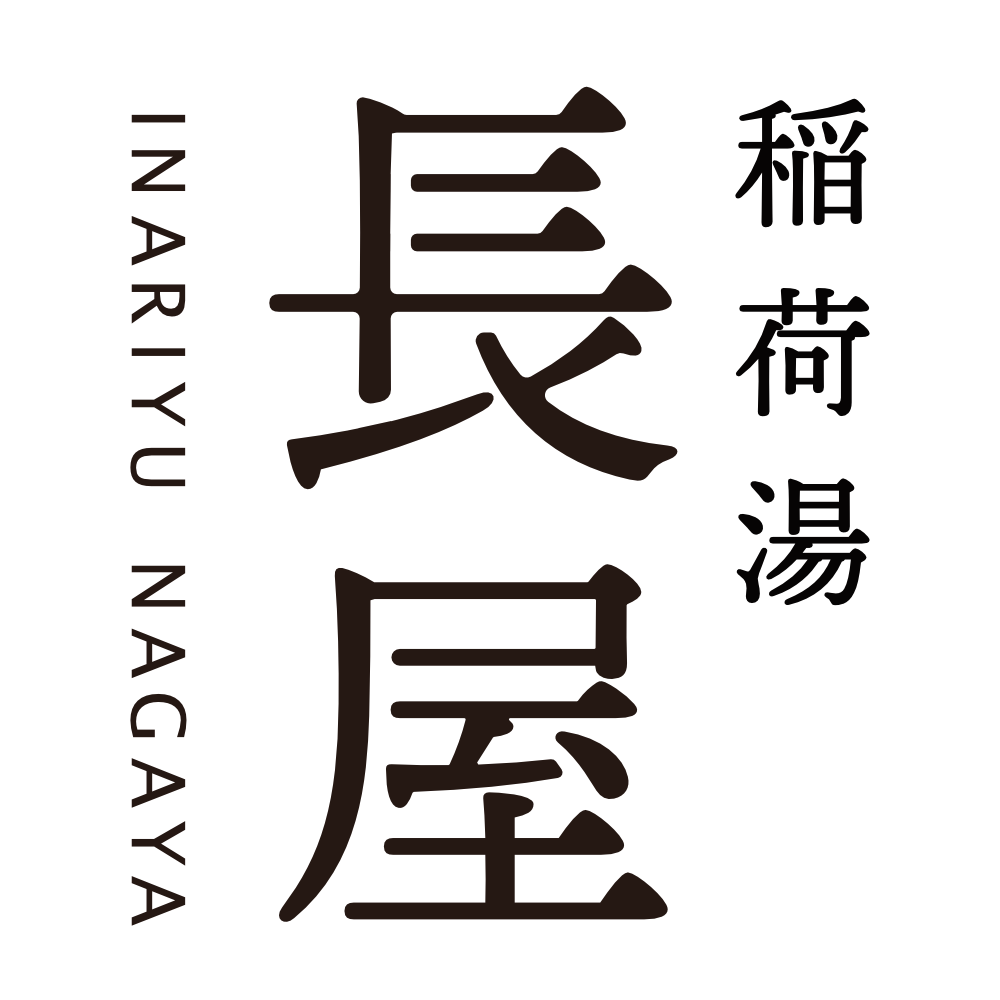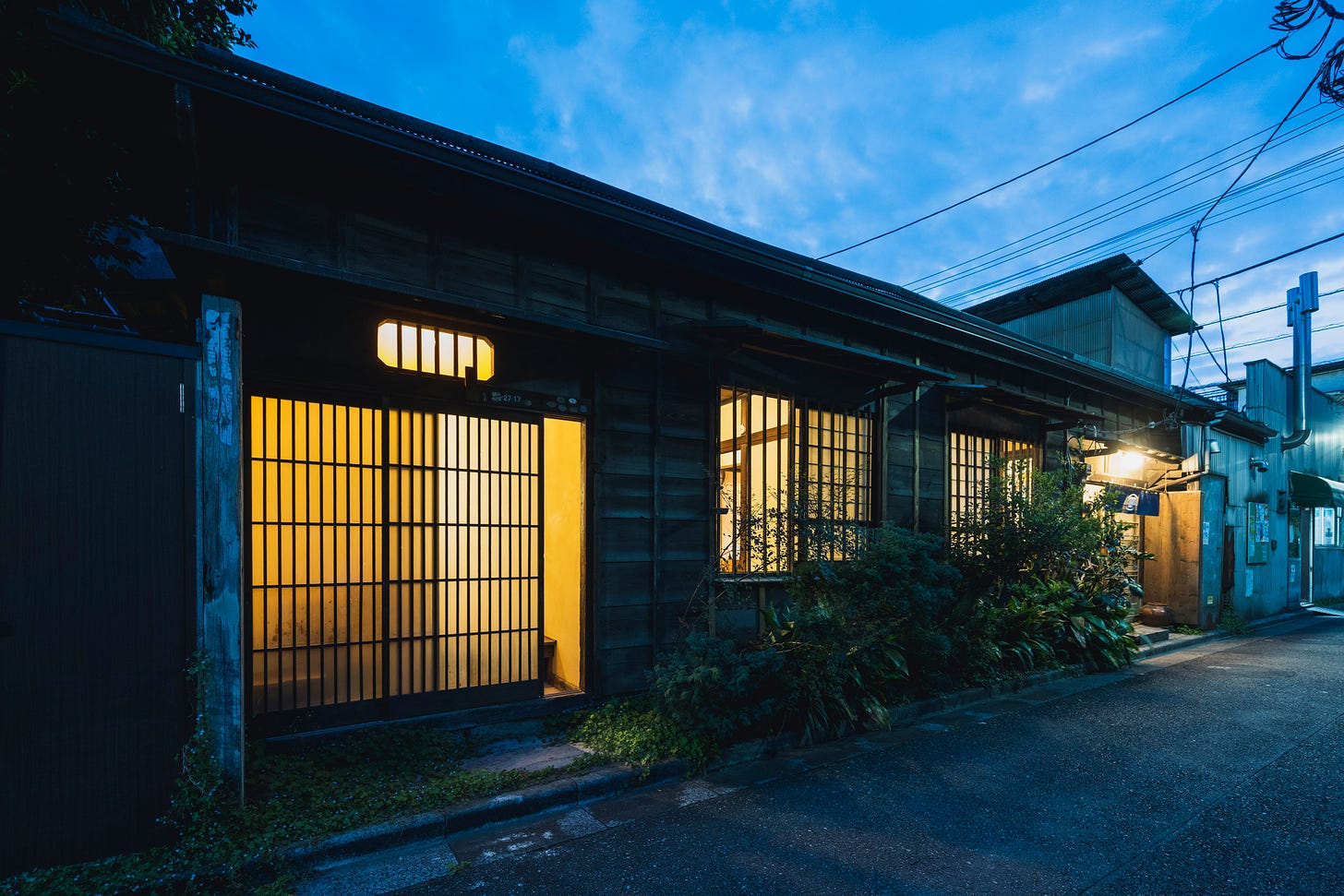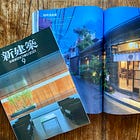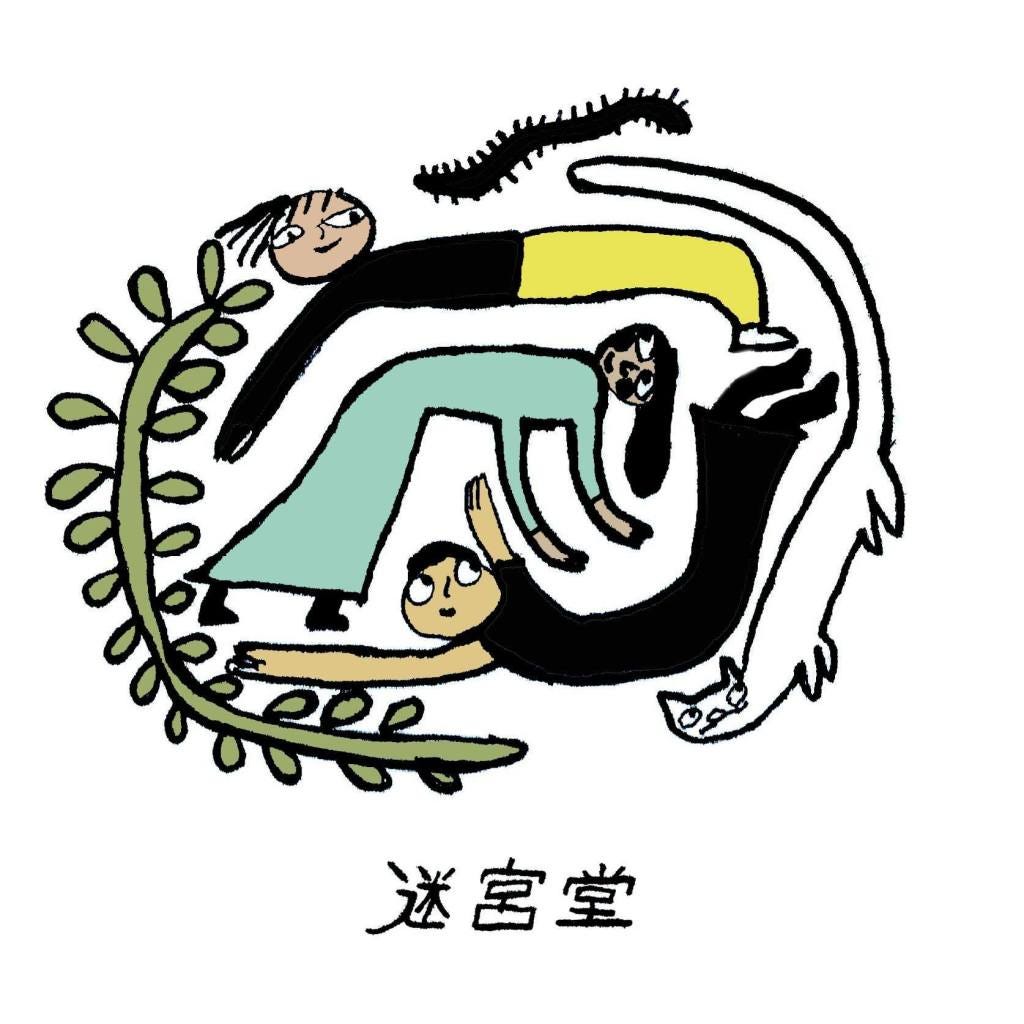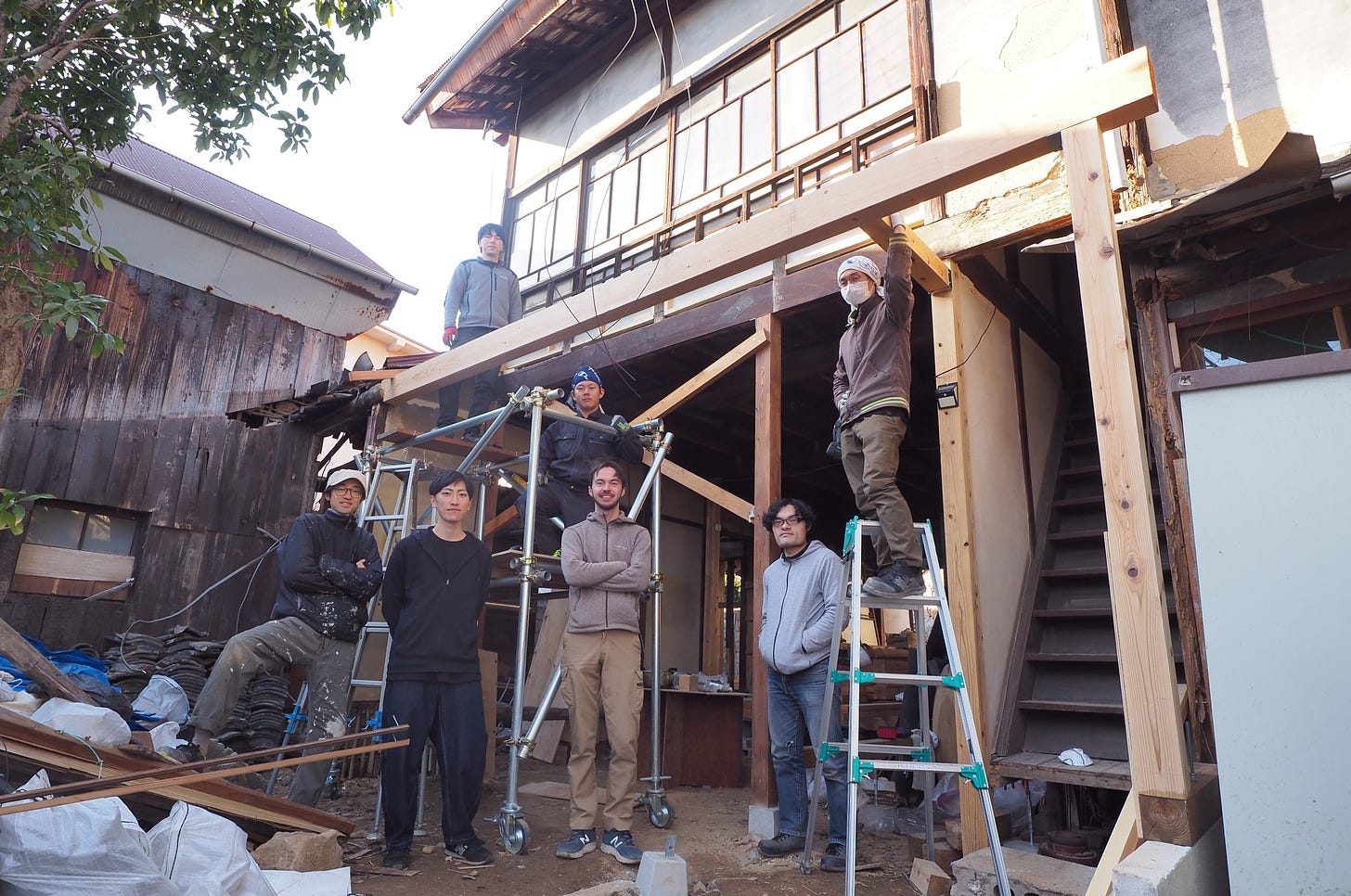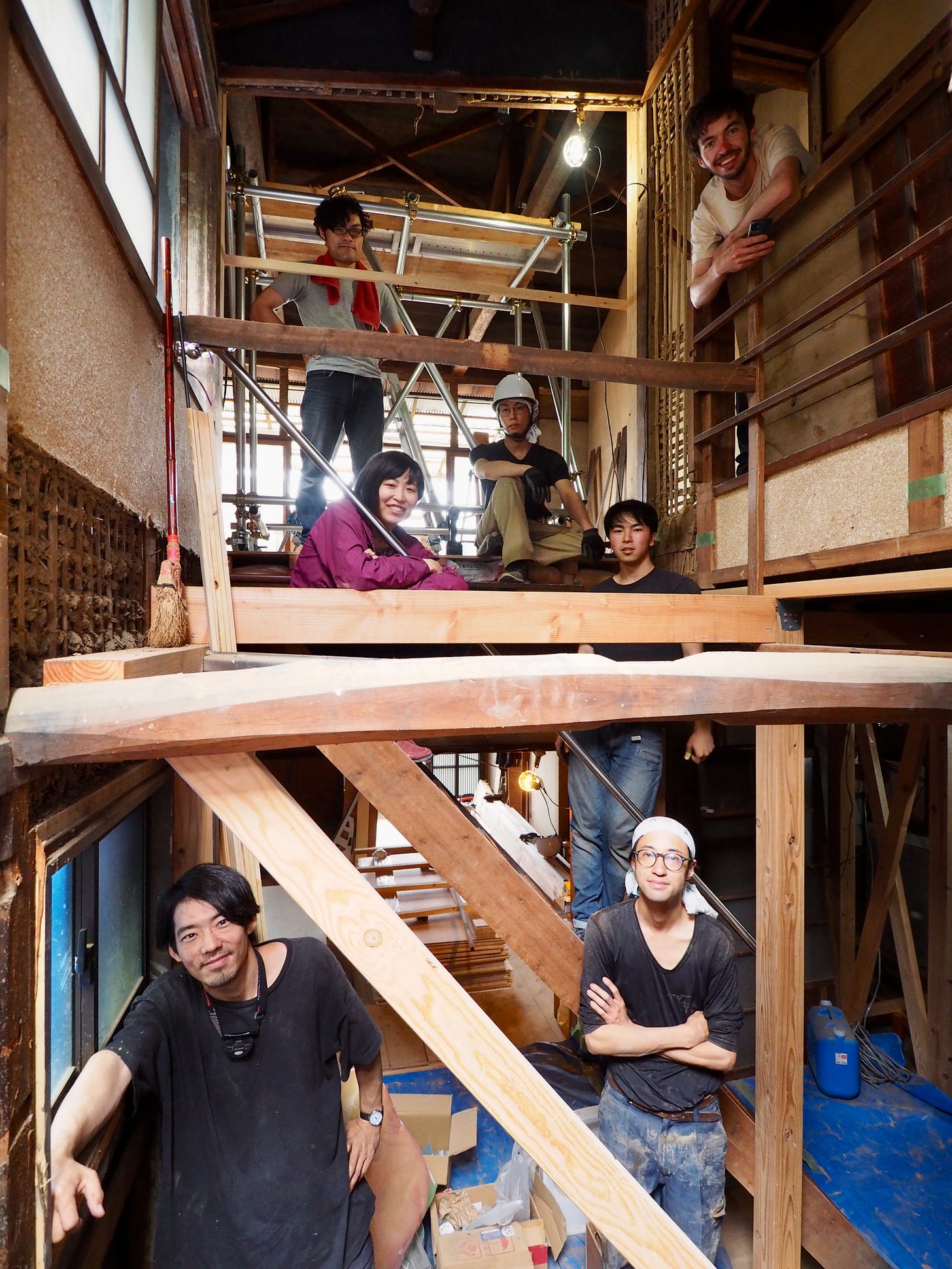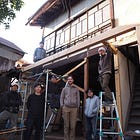Projects
Tokyo Little House (@tokyolittlehouse)
In 2017, I joined my Tokyo Little House colleagues to renovate their grandmother’s 1948 home, nestled between the offices and hotels of Akasaka at the heart of Tokyo, into an upstairs hotel and ground-floor cafe & history gallery. Built in the ruins of the firebombing, the house now functions as a window onto the city’s past, with a gallery of images and collection of books and rare materials that you can enjoy with a cup of coffee. A structural renovation and expansion of the cafe was finished in September 2024. If you would like to stay in the second-floor accommodation, which preserves some of the original atmosphere just above the bustling street below, you can book on our website.
Posts about Tokyo Little House:
Sento & Neighborhood (@sentotomachi)
In 2020, I co-founded a non-profit organization to preserve Japan’s public baths, known as sento, and the landscape and culture of surrounding neighborhoods. Sento are rapidly disappearing, with more than 85% of baths closed in Tokyo since their 1960s peak. For our first project, we earned recognition from World Monuments Fund for the 90-year-old historic bathhouse Inari-yu in Takinogawa, Tokyo, as part of WMF’s 2020 Watch List. Funding from WMF enabled us to restore parts of the bathing area and renovate Inari-yu Nagaya into a new community space (see below). We consult with other bathhouses and conduct advocacy and research, such as our three-year project to document all the remaining public baths in Kita Ward, Tokyo. Our long-term ambitions are to intervene to preserve some of the most culturally valuable bathhouses remaining in the country—if we can secure funding in time.
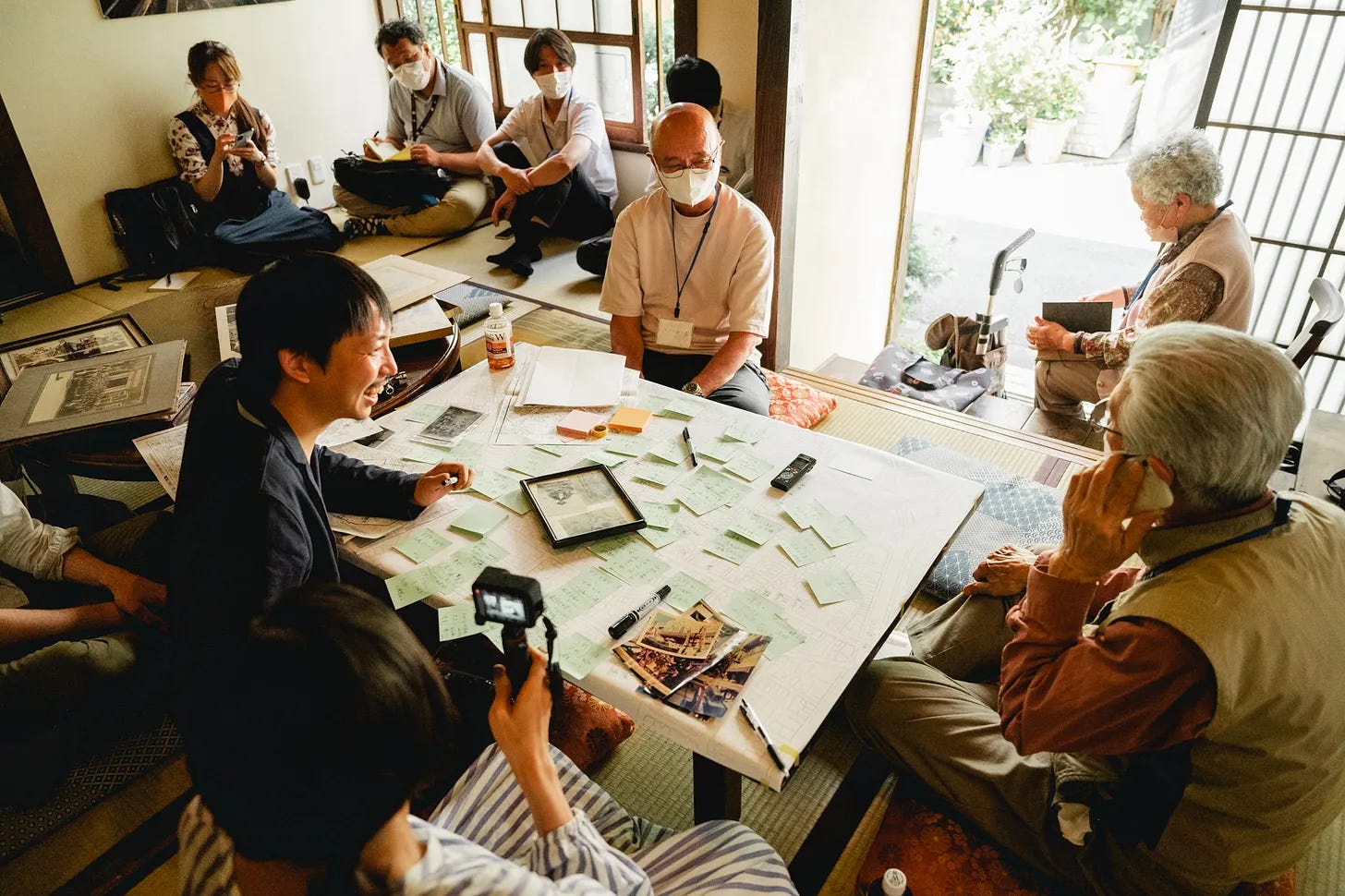
Posts about Sento & Neighborhood:
See also: “Excavating bathhouse geographies,” 2024 Kita Ward bathhouse research exhibition, “The common space and history hidden in Tokyo’s bathhouses”
Inari-yu Nagaya (@inariyu.nagaya)
Inari-yu Nagaya is a community space located in a century-old, formerly abandoned tenement structure next to Inari-yu. Sento & Neighborhood conceived and undertook the restoration as a way of enhancing the public bath’s traditional function as the center of local neighborhood networks while welcoming new segments of the community who may not otherwise visit the bath. We operate the space together with numerous community members who use the space to serve food, run classes, and hold pop-up events. The space is inspired by informal kakuuchi liquor shops, and we also try to recreate the functions of other businesses that have disappeared from the neighborhood, such as candy shops, cafes, and oden restaurants. The project has been featured by the architectural magazine Shinkenchiku, NHK World, Toyo Keizai, and many other media outlets. Events and opening hours are shared on Instagram.
Film by Kota Tsuruwaka (Keystone Films):
Posts about Inari-yu Nagaya:
Onomichi Labyrinth House (@labyrinth.house)
Labyrinth House began in the fall 2020 as an experimental full-DIY, self-funded project to reconstruct abandoned houses on the hillside of Onomichi in Hiroshima Prefecture. Our group of friends received three extremely damaged early 20th century houses for free, and has sustained a community of volunteers over the course of nearly 30 weeks of construction—designing, learning new skills, and living together along the way. The first house, completed in early 2022, is primarily used as living space. The second house, which I am responsible for financing and designing, is expected to be finished in early 2025 and is envisioned as a commons that will sustain the hillside community into the future. The design combines living space with an unmanned community general store, flexible event space, and a kitchen for occasional cafes. The warehouse on the site is envisioned as a library and community archive. This renovation is closer to an art project, and funding is coming out of my pocket. Please consider making a contribution to our crowdfunding campaign (coming 10/17) and help us finish.
